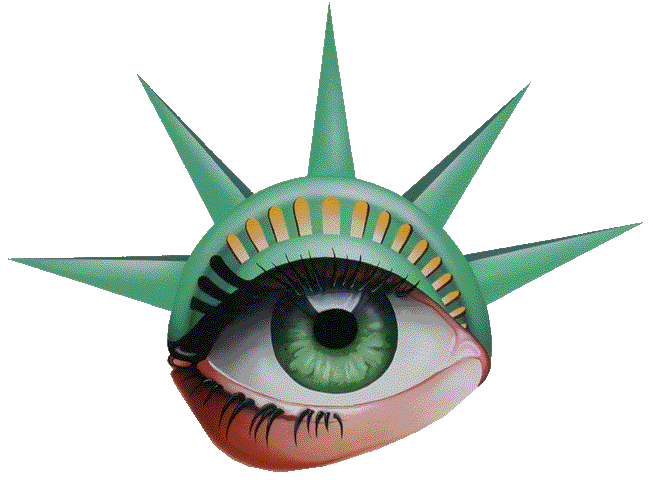Understanding your eyeglass prescription can often seem like decoding a foreign language. One of the most crucial components of this prescription is SPH, or sphere. In this article, we’ll delve into what SPH means, how it impacts your vision correction, and other related aspects of eye prescriptions.
SPH: The Sphere in Optometry
SPH, short for sphere, indicates the amount of lens power needed to correct your vision, measured in diopters (D). This value corrects for myopia (nearsightedness) or hyperopia (farsightedness). If your SPH value has a minus sign (-), you are nearsighted, meaning you see objects better up close. Conversely, a plus sign (+) indicates farsightedness, where distant objects are clearer than those up close.
Understanding SPH Values
| SPH Value Range | Description |
|---|---|
| 0.00 | No correction needed (Plano) |
| -0.25 to -2.00 | Mild myopia (nearsightedness) |
| -2.25 to -5.00 | Moderate myopia |
| -5.25 and higher | Severe myopia |
| +0.25 to +2.00 | Mild hyperopia (farsightedness) |
| +2.25 to +5.00 | Moderate hyperopia |
| +5.25 and higher | Severe hyperopia |
The Role of SPH in Vision Correction
Correcting vision involves bending light rays with corrective lenses so they focus properly on your retina. SPH is crucial in determining the strength of lenses you need. The further your SPH value is from zero, the stronger your prescription lenses must be.
For instance, a prescription of -1.00 D signifies mild myopia, while -4.00 D indicates more severe myopia. Similarly, a +1.00 D SPH denotes mild hyperopia, whereas +4.00 D is more severe hyperopia.
Choosing the Right Glasses with Your SPH
When you understand your SPH value, you can better choose the appropriate glasses. Higher SPH values often require thicker lenses. Options like high-index lenses can help make them thinner and lighter, improving comfort and aesthetics.
Abbreviations in Eyeglass Prescriptions
In addition to SPH, other abbreviations on your prescription provide comprehensive details about your vision correction needs:
- CYL (Cylinder): Corrects astigmatism, which is an irregular curvature of the eye’s lens or cornea.
- AXIS: Indicates the orientation of the astigmatism correction.
- ADD: Additional lens power for reading or bifocal lenses, usually needed for presbyopia.
- PD (Pupillary Distance): The distance between the centers of your pupils, crucial for proper lens placement in glasses.
Detailed In-Depth Questions
How does SPH impact lens thickness and choice of frames?
Impact on Lens Thickness
The SPH value directly affects lens thickness. Higher SPH values (both positive and negative) result in thicker lenses. For individuals with strong prescriptions, high-index lenses can be beneficial. These lenses offer the same vision correction with less material, resulting in thinner and lighter glasses.
Choosing Frames
When selecting frames, consider those that can accommodate thicker lenses if you have a high SPH value. Rimless or thin metal frames might not support heavy lenses well, whereas full-rim frames offer better stability and durability.
Why do both SPH and CYL values matter in a prescription?
Role of SPH and CYL
SPH corrects the spherical component of refractive error, addressing overall vision clarity. CYL, on the other hand, corrects astigmatism by addressing the uneven curvature of the cornea or lens. Together, these values ensure comprehensive correction, providing sharp and clear vision.
Comprehensive Vision Correction
Without correcting both SPH and CYL, individuals with astigmatism would experience blurry or distorted vision, even if their spherical error is corrected. Thus, both values are critical for optimal visual clarity.
Can SPH values change over time, and if so, why?
Changes Over Time
Yes, SPH values can change over time due to various factors. These include age, health conditions like diabetes, or natural progression of refractive errors. Regular eye exams are essential to monitor these changes and update prescriptions accordingly.
Factors Influencing Changes
- Age: Presbyopia, a condition where the eye’s lens loses flexibility, usually starts affecting people in their 40s, necessitating changes in SPH values.
- Health Conditions: Conditions like diabetes can alter the shape of the eye, impacting SPH values.
- Natural Progression: Myopia or hyperopia can progress over time, requiring adjustments in prescription strength.
What are the differences between SPH in eyeglass and contact lens prescriptions?
Distance from the Eye
Eyeglasses sit about 12 mm from the eyes, while contact lenses rest directly on the eye’s surface. This distance can cause slight variations in the prescription strength required for glasses versus contacts.
Additional Specifications for Contacts
Contact lens prescriptions include additional details like the base curve and diameter to ensure proper fit and comfort. They may also specify the brand and have a different expiration date compared to eyeglass prescriptions.
Conclusion
Understanding SPH and its role in vision correction is crucial for selecting the right eyewear. SPH values indicate the strength of lenses needed to correct nearsightedness or farsightedness. Higher SPH values necessitate thicker lenses, but options like high-index lenses can provide a thinner, lighter solution. Regular eye exams help monitor changes in SPH values, ensuring your prescription remains accurate over time.
For more information on eye health topics, visit Liberty Laser Eye Center. Whether you’re curious about astigmatism or need tips on getting rid of a stye overnight, we have a wealth of resources to help you.
For any questions about your eye health or to schedule an appointment, contact us. We are dedicated to helping you achieve optimal vision health.
This article provides an in-depth understanding of SPH in eye prescriptions, using insights from various reputable sources. It highlights the importance of SPH in vision correction and guides you on how to choose the right eyewear based on your SPH values.

